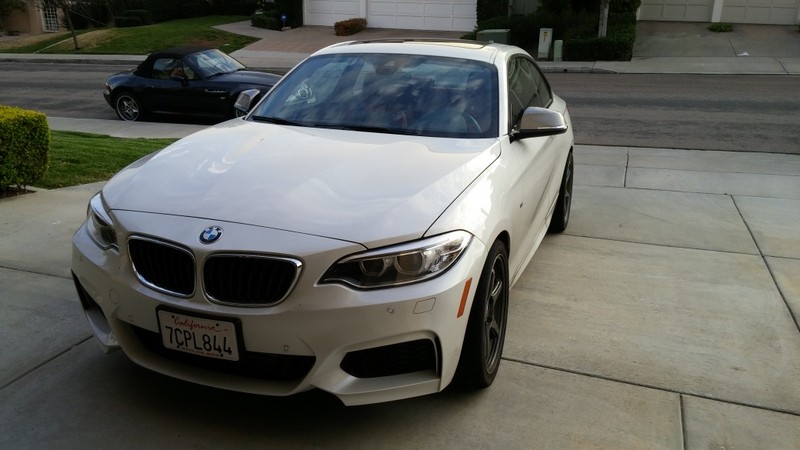The Bmw 93b2 error code often indicates a problem with the Battery Safety Terminal (BST) detonation signal wire. This article provides a detailed guide on diagnosing and replacing this wire, based on a real-world experience with a 2006 BMW 330i. This guide focuses on the older-style BST, often found in earlier model BMWs.
Understanding the BMW 93B2 Error and the BST
The 93B2 code typically signifies an issue with the communication between the airbag control module and the BST. The BST itself is a critical safety device designed to disconnect the battery in the event of a crash, preventing fires and other hazards. A faulty detonation signal wire can disrupt this communication, triggering the error code. While replacing the entire BST is a common solution, this guide demonstrates that replacing only the signal wire can often resolve the issue.
Diagnosing the Problem
Intermittent 93B2 codes can be particularly frustrating. In the case of this 2006 330i, rerouting the wire temporarily alleviated the issue, suggesting a problem with the wire itself rather than the BST. Over time, the code returned more frequently, necessitating a permanent solution. A visual inspection of the old wire may not reveal obvious damage. However, measuring the resistance of the wire can pinpoint the problem. In this instance, each wire in the 6-inch run showed over 1 ohm of resistance, fluctuating by 0.5 ohms with movement. This high and inconsistent resistance likely triggered the error code.
Replacing the BMW 93B2 Detonation Signal Wire: A Step-by-Step Guide
1. Acquiring the Replacement Wire: The replacement wire for the BST is available from BMW parts dealers under part number 61129130178. Be aware that the new wire is significantly longer than the original and lacks the Takata black/yellow connector.
2. Preparing for the Replacement: Disconnect the battery and unbolt the BST’s battery cable to access the terminal comfortably. Work on the BST in a well-lit area with ample space.
3. Disconnecting the Old Wire: The old wire’s connector plugs into the BST at a 90-degree angle. The older BST housing may obstruct removal. Carefully bend the flexible plastic housing near the connector using pliers to create enough space to disconnect the plug. Note that the plug has locking tabs that might break during removal.
4. Connecting the New Wire to the BST: Insert the new wire’s connector into the BST and ensure it clicks into place, securing the connection. Gently bend the plastic housing back to its original position.
5. Preparing the Takata Connector: Disassemble the black/yellow Takata connector from the old wire. Carefully remove the internal components, including the safety bridge plate and the two black wires. Note the position of each wire to maintain correct polarity when installing them in the new connector.
6. Connecting the New Wire to the Takata Connector: Insert the wires from the new wire into the Takata connector housing, ensuring they are fully seated. Reassemble the connector, including the safety bridge plate.
7. Managing the Excess Wire: The new wire is considerably longer than needed. You can shorten it by cutting and soldering, or neatly bundle the excess wire and secure it alongside the battery.
8. Final Steps: Reinstall the BST, reconnect the battery, and reset the airbag module. After this procedure, the 93B2 error should be resolved.
Conclusion
Replacing the BMW 93B2 detonation signal wire can be a challenging but effective solution for addressing this common error code. This guide provides a practical approach based on real-world experience, offering a viable alternative to replacing the entire BST. Following these steps carefully can save time and money while restoring the proper function of your vehicle’s safety systems. Remember to consult your vehicle’s repair manual for specific instructions and safety precautions.
